At first glance, cheetahs and leopards may seem quite similar due to their spotted coats and feline features. However, a closer examination reveals significant differences in appearance, behavior, and habitat. Understanding these distinctions not only enriches our appreciation of these magnificent creatures but also highlights their unique adaptations to their environments. This article delves into the various aspects that set cheetahs and leopards apart.
Physical Appearance

While both cheetahs and leopards sport spotted coats, their patterns are distinct. Cheetahs have solid black spots uniformly distributed across their bodies, whereas leopards possess rosettes—irregularly shaped spots that create a complex pattern on their fur. Additionally, cheetahs have a more slender build with a streamlined body designed for speed, while leopards are sturdier and more muscular.
Facial Characteristics
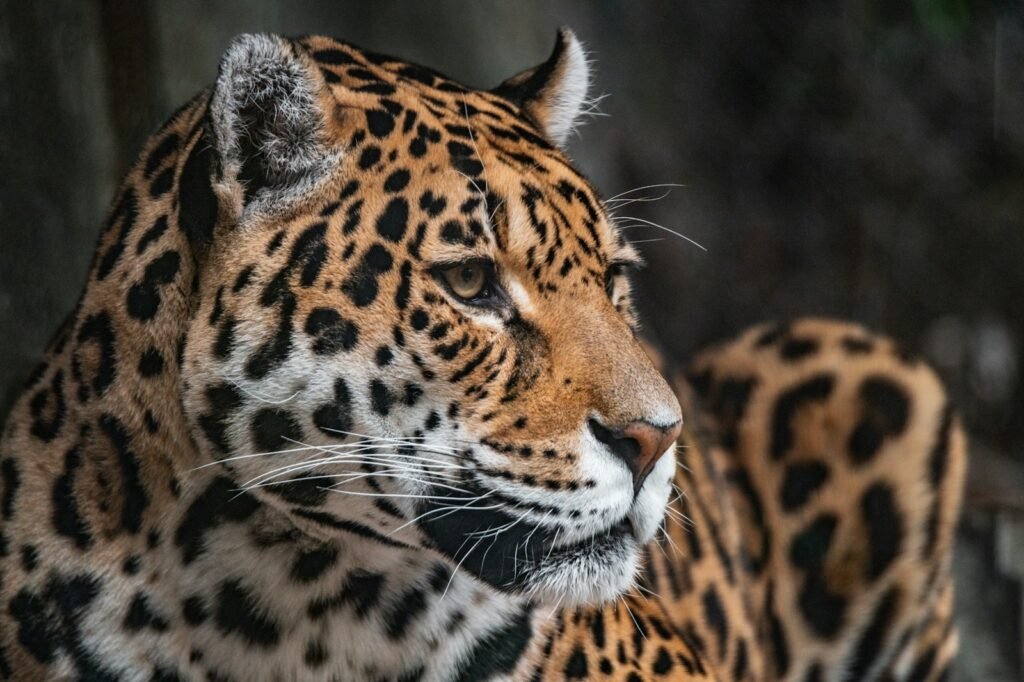
One of the most distinguishing facial features of the cheetah is the “tear marks” that run from the inner corners of their eyes down to the sides of their mouths. These marks are thought to reduce glare from the sun and help focus during high-speed chases. In contrast, leopards lack such distinctive facial stripes and have rosetted spots on their faces.
Speed and Agility
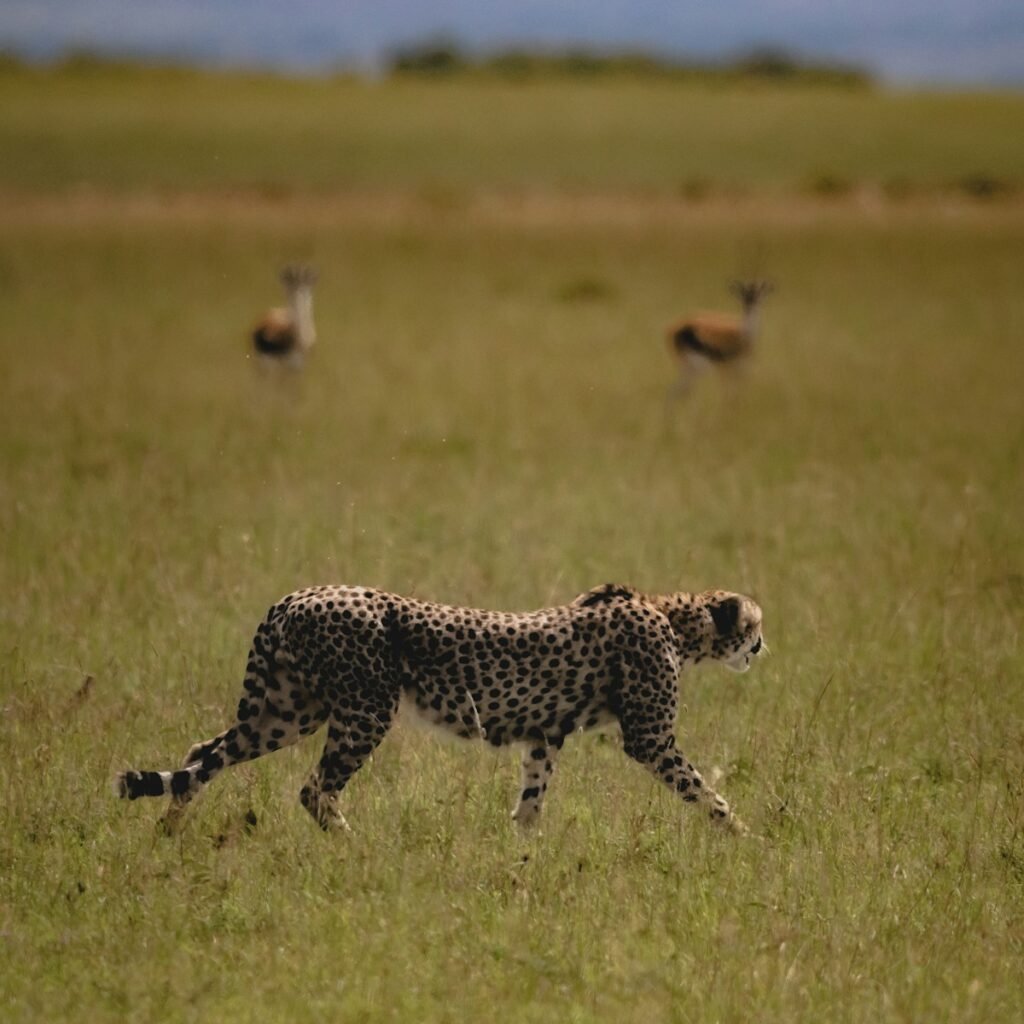
Cheetahs are renowned for their incredible speed, capable of reaching up to 75 mph (120 km/h) in short bursts covering distances up to 1,500 feet (460 meters). Their bodies are uniquely adapted for this purpose with long, powerful legs, a lightweight frame, and a long tail for balance. Leopards, on the other hand, are not as fast but are incredibly agile and powerful, adept at climbing trees to both hunt and store prey.
Hunting Techniques
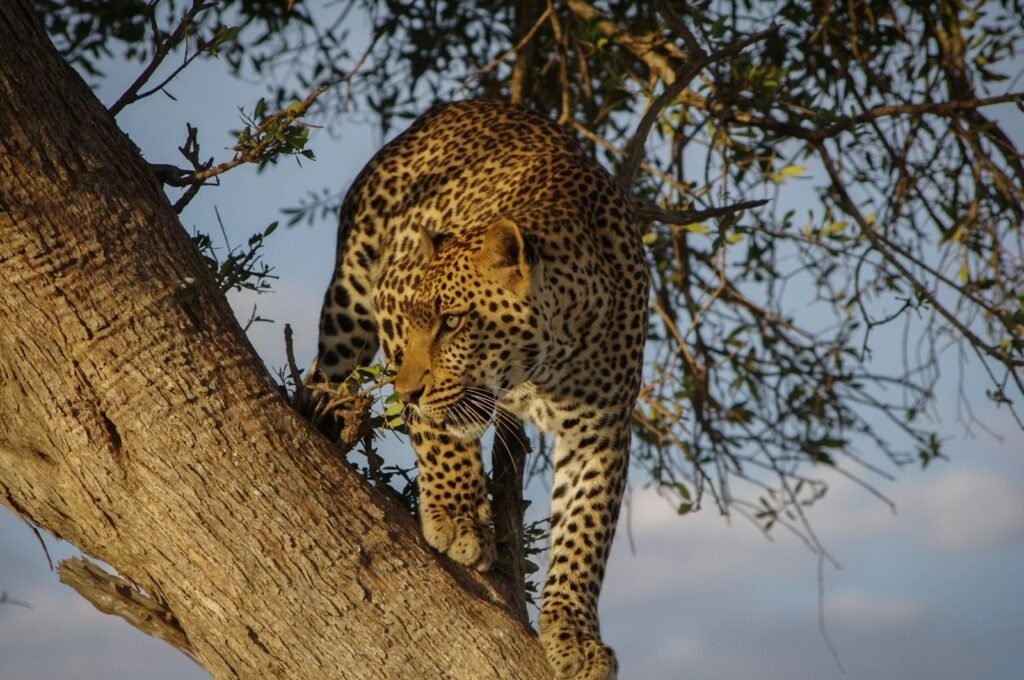
Cheetahs rely on their speed and eyesight to hunt, often stalking their prey with stealth before launching into a high-speed pursuit. Their strategy is to close in on and catch the prey in a short burst of speed. Conversely, leopards employ a strategy of ambush, using their incredible strength to pounce on prey, often from trees or dense cover, before delivering a fatal bite.
Social Behavior
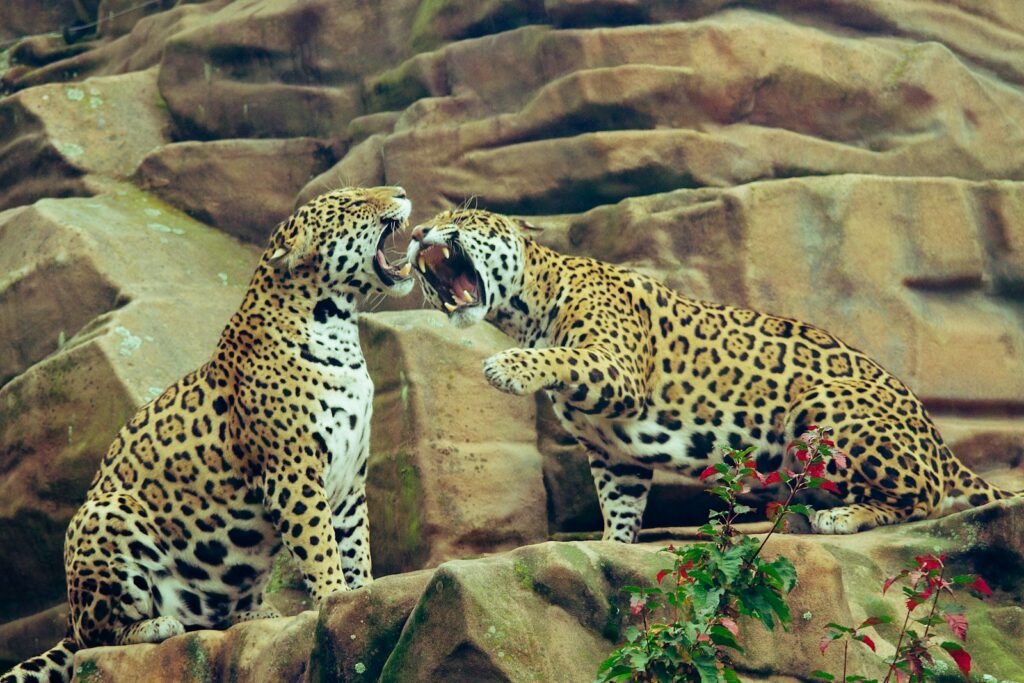
Cheetahs tend to be more social than leopards, especially male cheetahs who often form small groups known as coalitions, typically with their siblings. Females tend to be solitary except when rearing cubs. Leopards are predominantly solitary animals, with adult males and females coming together only for mating purposes. Mothers live with their cubs until they are old enough to fend for themselves.
Habitat and Distribution
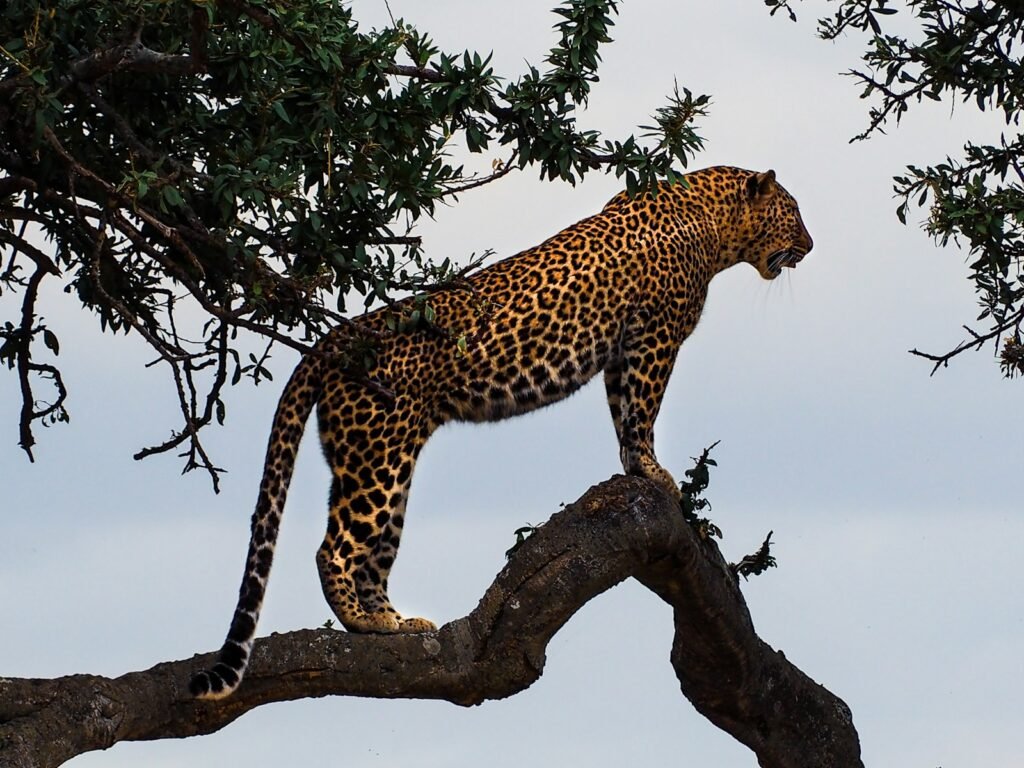
Cheetahs prefer open savannas and grasslands where they can use their speed advantage to chase down prey. They are predominantly found in sub-Saharan Africa, with small populations in Iran. Leopards, being more versatile, occupy a wide range of habitats, including forests, mountains, grasslands, and even urban areas across sub-Saharan Africa and parts of Asia.
Conservation Status
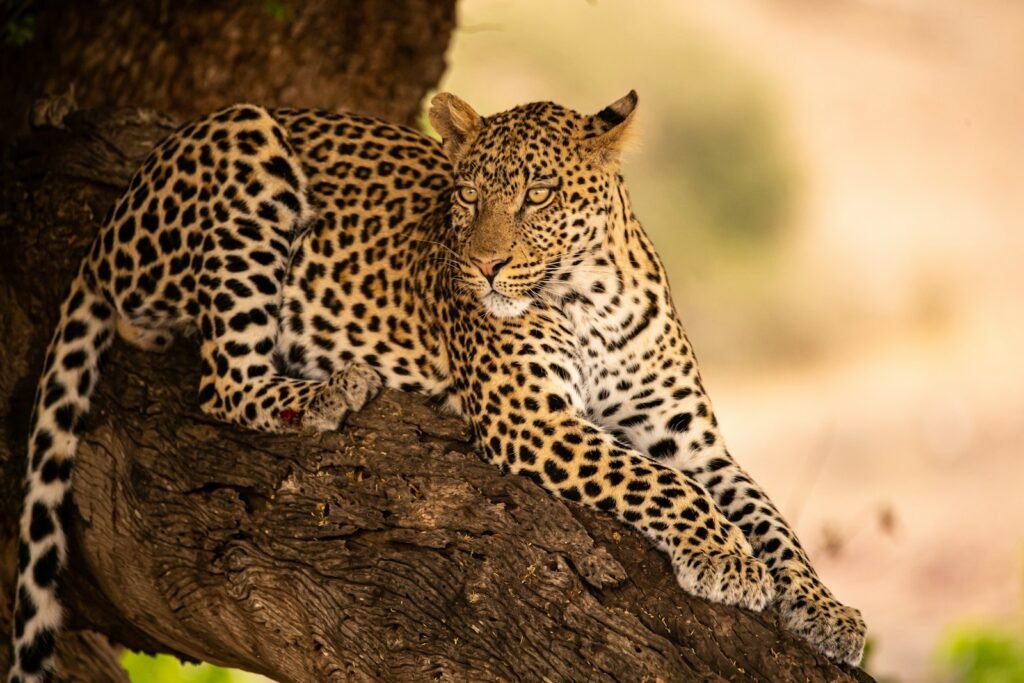
Both cheetahs and leopards face threats from habitat loss and human-wildlife conflict, but their conservation statuses differ. The cheetah is listed as vulnerable, with an estimated 7,100 individuals remaining in the wild. Leopards are classified as least concern but some subspecies, like the Amur leopard, are critically endangered. Conservation efforts are ongoing to preserve their respective habitats and populations.
Role in Ecosystems

Cheetahs and leopards play crucial roles in their ecosystems as apex predators, helping to control prey populations and maintain balance. Cheetahs primarily control herbivore populations on the plains, while leopards help regulate the numbers of various prey animals across diverse habitats, preventing overgrazing and promoting biodiversity.
Unique Adaptations
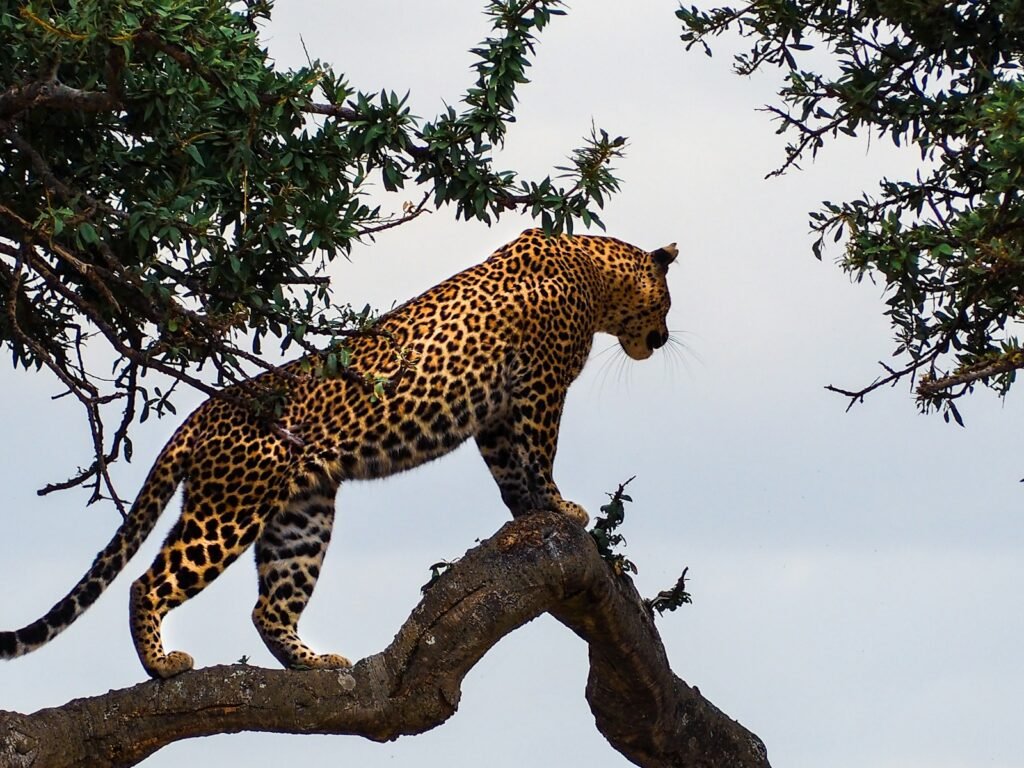
Cheetahs exhibit adaptations such as large nasal passages and lungs for efficient oxygen intake during sprints, semi-retractable claws for grip, and a flexible spine for extended stride lengths. Leopards, however, are equipped with acute hearing and night vision, enabling them to hunt effectively in low-light conditions. Their climbing skills also allow them to store food safely away from scavengers.
Conclusion
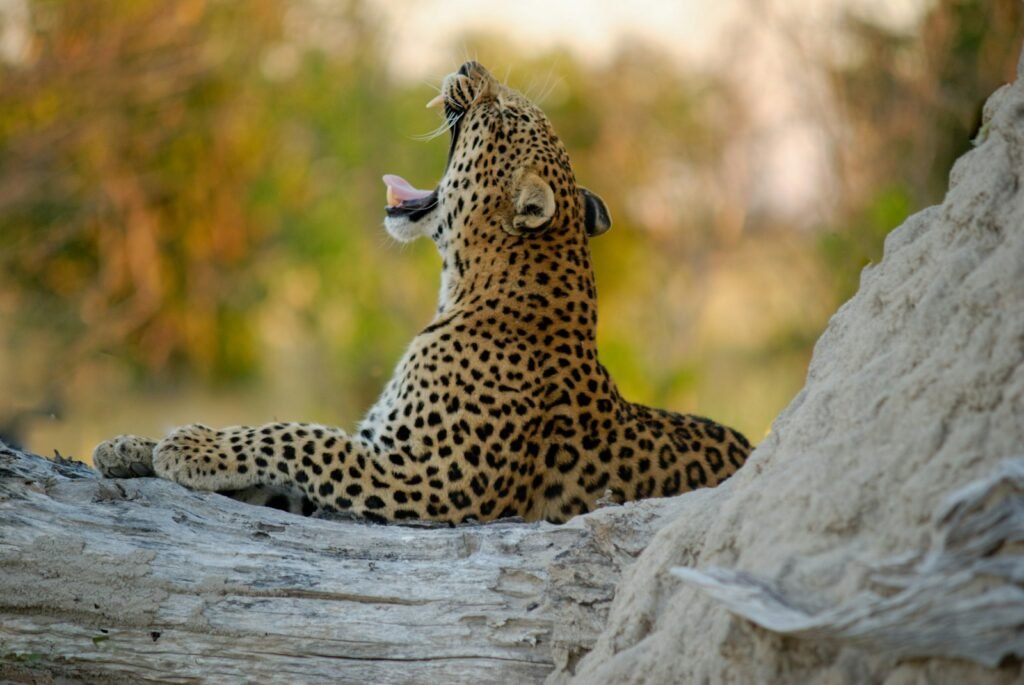
Despite their similarities, cheetahs and leopards exhibit profound differences that have allowed them to thrive in diverse environments. These distinctions in physical appearance, behavior, and adaptability reflect their individual evolutionary paths. By understanding and appreciating these differences, we become more informed advocates for the conservation of these extraordinary animals and their habitats.

Suhail Ahmed is a passionate digital professional and nature enthusiast with over 8 years of experience in content strategy, SEO, web development, and digital operations. Alongside his freelance journey, Suhail actively contributes to nature and wildlife platforms like Feline Fam, where he channels his curiosity for the Feline into engaging, educational storytelling.
With a strong background in managing digital ecosystems — from ecommerce stores and WordPress websites to social media and automation — Suhail merges technical precision with creative insight. His content reflects a rare balance: SEO-friendly yet deeply human, data-informed yet emotionally resonant.
Driven by a love for discovery and storytelling, Suhail believes in using digital platforms to amplify causes that matter — especially those protecting Earth’s biodiversity and inspiring sustainable living. Whether he’s managing online projects or crafting wildlife content, his goal remains the same: to inform, inspire, and leave a positive digital footprint.






